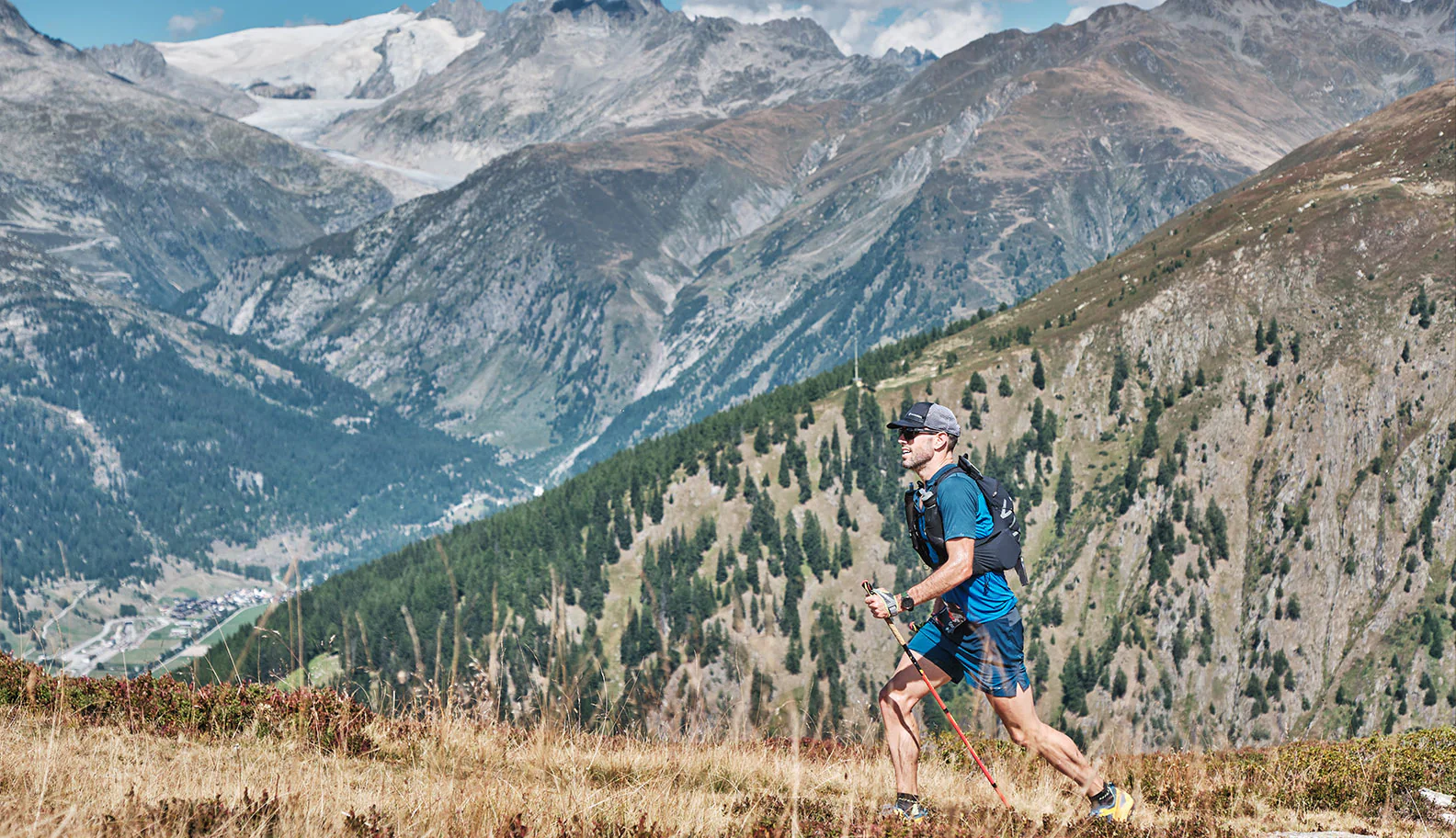Training at high altitude has become a cornerstone strategy for elite athletes seeking a competitive edge, particularly in endurance sports like long-distance running, cycling, and swimming. Altitude training involves working out in environments with reduced oxygen levels—typically 1,800 meters (6,000 feet) above sea level or higher—which forces the body to adapt by producing more red blood cells to carry oxygen. These physiological changes can significantly enhance performance when the athlete returns to sea level, where oxygen is more abundant.
The science behind altitude training is rooted in the body’s natural response to hypoxia, or low oxygen availability. Over time, this stress stimulates erythropoietin (EPO) production in the kidneys, leading to increased red blood cell count and improved oxygen transport. This process enhances an athlete’s VO₂ max, endurance, and recovery, making altitude camps a popular choice ahead of major competitions. Notably, many Olympic teams and world-class athletes spend weeks in high-altitude locations like Kenya, Boulder, or Flagstaff to harness these benefits.
However, altitude training is not without challenges. Athletes must carefully manage their intensity to avoid overtraining in low-oxygen conditions. Moreover, results can vary depending on genetics, nutrition, and the duration of exposure. Still, when implemented with precision, altitude training remains one of the most effective, science-backed ways to push human performance to new heights—literally and figuratively.






